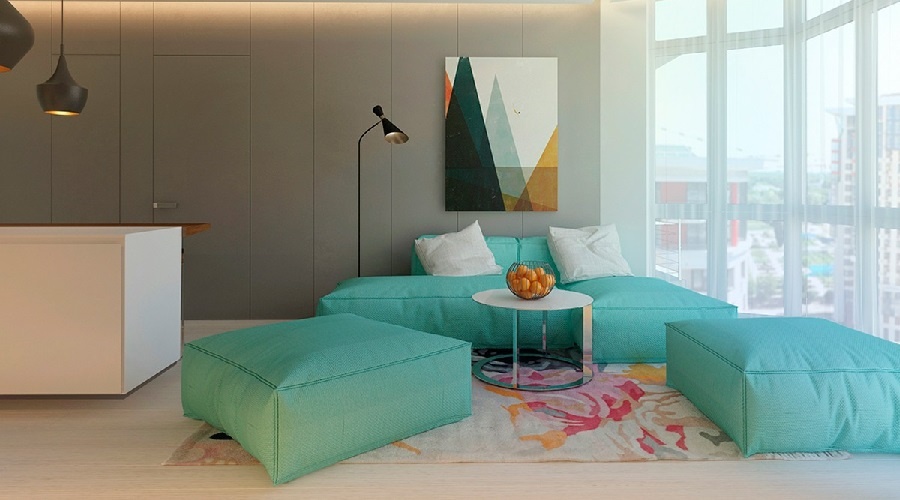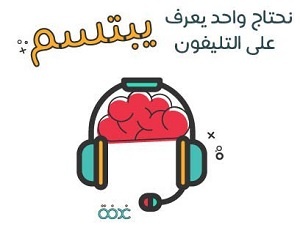Gorfah and the seven business models

What do you do when you don’t know which business model suits you?
This is what Gorfah faced, a Saudi startup working in an $8 billion interior design market in 2016 in the Gulf.
Gorfah tested seven different business models before finding one that worked in the Flat6labs Jeddah incubator.
In September 2015, a month and a half after the launch of the company, Gorfah founder Marwah Nadreen applied to Flat6labs to get business development help and learn how to sell her product.
Her platform crowdsources designs from local designers and offers them to clients via an automated process.

Marwah Nadreen wants to make interior design services accessible to everyone.
(Image via Marwah Nadreen)
Her problem finding a business model suited for an interior design platform.
An auction-based model attracted visitors at first.
“[It] failed miserably because the designers that signed up set high prices, which stopped visitors from ordering designs,” she told Wamda.
Putting the client directly in touch with the designers failed as well, as once the designer had answered preliminary questions the relationship moved off the platform.
The startup tried also to take on the process of construction and dealing with contractors, but they had trouble with contractors in term of quality and deadlines. “Despite all challenges, [we thought that] if this works in Saudi Arabia, it will not work on a regional scale since we’re not able to manage contractors in other countries,” she said.
“After trying [these] business models and realizing they will not work for me, I felt that it was the end of world,” Nadreen said.
But Flat6labs helped her focus on validating the business model.
“We learned how to pivot without being scared. We had to define our failures and build on what works for us,” she explained.
The accelerator as well helped us find the problems in the website and fix them, after she outsourced its design to a team of Indian developers working remotely.
What to do?
Post-incubator, Gorfah works now with a business model that sells the service rather than the end result, as a product.
The platform gives the users customizable design templates after they answer 22 questions about the colors and features they want.

Every answer is a ‘tag’ used to determine what template to choose from Gorfah’s designs gallery and modify it automatically to what suits the user.
Paying 500 Saudi Riyals (around US$133), a user receives the first design draft 24 hours later along with a set of images of the virtual designed space. Gorfah also sends a list of furniture offers and home accessories for lower prices available because of the deals it made with specific furniture stores.
This way “the user would have recovered the 500 Saudi riyals (US$133) he had paid for the design on the platform”, Nadreen said. Normally Saudis would be paying 4,000-5,000 riyals (US$1,066-1,333) for interior designs.
Jobs for the girls (and boys)
Interior design graduates in Saudi Arabia, especially women, have difficulties finding jobs because of low demand or social constraints.
“Gorfah provides [designers] with a platform to showcase their designs in their own name, while they receive 50 percent of the amount the user pays for each design,” Nadreen said.
After suffering from poor quality designs, the team decided to test designers before enrolling them on the platform.
“We also organize occasionally a competition where the winning design gets 1,000 riyals (US$266) and a place on the platform,” she said.
Platforms that crowdsourcing interior designs are not new to the Arab region. In Lebanon Moodfit and Modeo provide a similar service. However, Nardeen believes that automating the whole design operation is what sets its company apart.
Would you work for a startup?
Nadreen knows how difficult it is to build a team and hire the right people, especially when you’re not able to pay high salaries.
“At first a friend of mine joined Gorfah, then she left because she wanted a job and I wasn’t making a lot of money. After that, a potential partner joined us but did not accept how the startup operated,” she said.

(Image via Gorfah)
Gorfah was self-funded until receiving the Flat6labs seed investment in September.
The founder believes that the solution to hiring is through networking, attending events and looking for team members on social media. These helped her find the three other team members: cofounder and architect Hassan Koshak, CTO and bot specialist Abdulaziz Omary, and content manager Bushra Kassih.
At the end, Nadreen believes that providing online services lowers the costs, but that should be accompanied by a change in people’s mentality. “Low prices do not mean bad service,” she explained.
Feature image via Gorfah.


